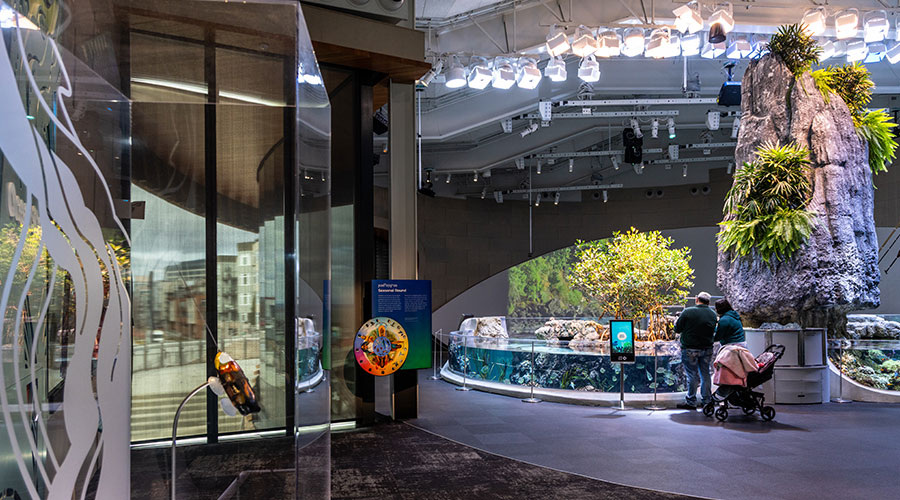Lamp and Ballast Phaseout Dates
For those responsible for maintaining existing lighting, the overlap of multiple phase-out schedules has occasionally created confusion. Here are the deadlines for when the most commonly used equipment will no longer be made in, or imported into, the United States:
- January 2009 — single-pin fluorescent 8-foot slimline (old style T8s) 65 watts or less, and 8-foot high-output lamps of any wattage.
- July 1, 2010 — most reflector lamps over 50 watts (except for a few that are 65 watts), and magnetic ballasts for many standard fluorescent lamps.
- January 1, 2012 — 100- and 150-watt incandescent lamps and fluorescent lamps with a CRI below 80.
- January 1, 2013 — 75-watt incandescent lamps.
- January 1, 2014 — 40- and 60-watt incandescent lamps.
Different phase-out schedules were created by laws in a handful of states, and those schedules remain in effect until the federal phase-out dates take effect, after which state laws are preempted by the federal schedules.
Don't feel rushed. Many electrical contractors and suppliers are salivating over the opportunity to use the phase-outs as leverage to get stubborn clients to finally dump their old T12 and incandescent lighting under the notion that old-style lamps will cease being available in the near future. Experience with past phase-outs, however, indicates that shortages of "banned" lamps may take years to develop because of large remaining warehouse and "bulb room" stocks. Eventually, however, the phased-out lamps will become difficult to find, so waiting until the last one burns out before upgrading is not a good maintenance strategy.
In most cases, direct replacements are already available and will save on energy quickly enough to minimize budget impact. Many types of halogen lamps — nearly all dimmable — fit the bill, with screw-in halogen infrared (HIR) lamps providing close replacements while offering lower wattage.
Caution is suggested for any non-standard lighting situations, such as dimming, where replacing incandescents with CFLs or LEDs may be problematic. Most screw-in CFLs are not dimmable (some dimmable models exist, but do not dim as low), and some LEDs will flicker when dimmed on standard incandescent dimmers. In other cases, beam spread of non-incandescent sources may not be as tight as the incandescents they replace, thus losing the focus desired in store, display, studio and museum lighting. In such cases, experimentation or some advice from a lighting designer may be needed to find acceptable replacements.
STANDARDS
Update on Metal Halide Ballasts
While new metal halide fixtures will be required to have ballasts that meet higher standards, it is worth noting that ballasts for older fixtures that do not meet these standards will continue to be available for replacement into such fixtures.
New fixtures designed to run metal halide lamps between 150 and 500 watts will need to have ballasts that meet one of these specs:
- Pulse-start metal halide ballast with a minimum ballast efficiency of 88 percent.
- Magnetic probe-start ballast with a minimum ballast efficiency of 94 percent.
- A non-pulse-start electronic ballast for lamps of 250 watts or less will need a minimum ballast efficiency of 90 percent.
- A non-pulse-start electronic ballast for lamps over 250 watts will need a minimum ballast efficiency of 92 percent.
Fixtures with any of the following types of ballasts are exempted from the above:
- Regulated lag ballasts.
- Electronic ballasts that operate at 480 volts.
- Rated only for 150 watt lamps.
- Rated for use in wet locations.
- Rated to operate at ambient air temperatures above 122 degrees F.
— Lindsay Audin
|
Related Topics:













